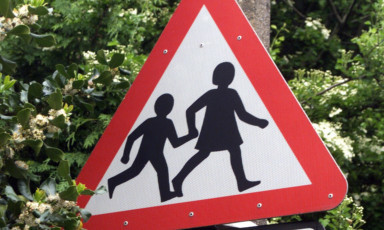Proposals for merging and closing Fife schools will be unveiled next month.
Primary schools are likely to be hardest hit, with 142 spread across the region. Following a public consultation, a report detailing which school buildings face closure was set to go before Fife Council’s executive committee next week.
However, the council has delayed the review of its schools estate until the following meeting, to be held on April 16.
Executive spokesman for education Councillor Bryan Poole said: “From the beginning we’ve been committed to listening to the views of everyone affected by the review.
“We’ve had a fantastic response to the parent engagement and drop-in sessions and we want to make sure that this feedback is taken into consideration before any proposals are put forward for consultation.
“This is a very emotive subject. Difficult decisions will have to be made but we want to make sure that we do everything possible to get this right so that we can ensure high-quality education for generations to come.”
Specific proposals on changes to the schools estate are set to include catchment changes as well as mergers and school closures. If approved by the executive committee, the proposals would be subject to a statutory consultation.
The council said many of its school buildings were built in the 1950s and 1960s and were no longer fit for purpose for modern schooling. As well as failing on condition and suitability, many schools are not sufficiently accessible for disabled pupils.
There are also escalating costs associated with sustaining under-occupied buildings, with 16,500 surplus school places across the kingdom.
Mr Poole added: “With the budget challenge we face over the next few years, it’s vital that we direct the money we do have towards school buildings which are fit for purpose now and in the future, not towards funding surplus school places and maintaining failing buildings.”
